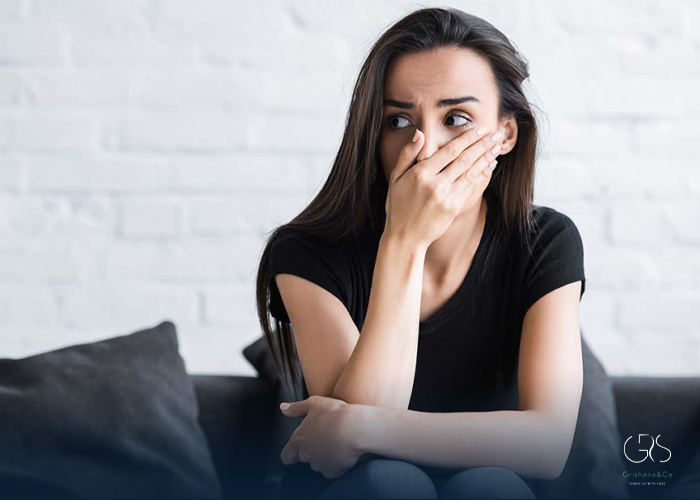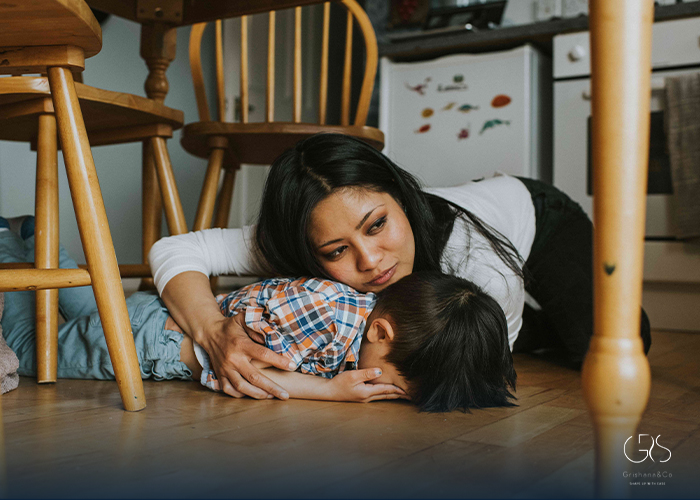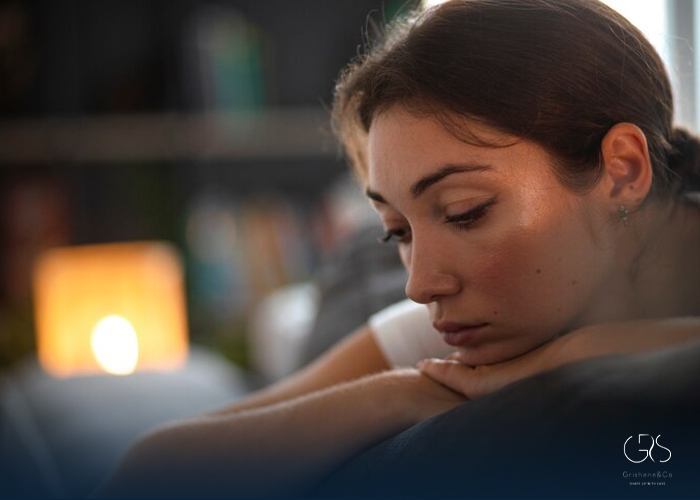Phobias are a prevalent form of anxiety disorder characterized by an excessive and irrational fear response towards specific objects, situations, or activities. In the United States alone, approximately 12.5% of the population is affected by phobias. Examining the types, causes, symptoms, and available treatment options can enhance our understanding of phobias.
Types of Phobias:
Phobias can be classified into three primary categories:
- Specific phobias: These are the most common types of phobias, involving an intense fear response directed at specific objects or situations such as spiders, heights, flying, or needles.
- Social phobias: Social phobias encompass an extreme fear of social interactions, public speaking, or being the center of attention, often leading to avoidance of such situations.
- Agoraphobia: Agoraphobia manifests as a fear of situations or places that may cause panic, making individuals reluctant to leave their comfort zones or venture into open or crowded spaces.
Causes of Phobias:

The precise causes of phobias are not fully understood. However, several contributing factors may play a role, including:
- Genetic predisposition: Phobias can run in families, suggesting a genetic inclination towards developing them.
- Environmental factors: Traumatic experiences, such as accidents or exposure to dangerous situations, can trigger the development of phobias. Witnessing someone else’s intense fear or experiencing a distressing event can also contribute.
- Learned behavior: Observing and imitating the fearful reactions of others can lead to the development of phobias. Children may learn to fear certain objects or situations based on cues from their parents or peers.
- Imbalance in brain chemistry: Neurotransmitters such as serotonin and dopamine are associated with anxiety disorders, including phobias. Imbalances in these chemicals may contribute to the development of phobias.
Symptoms of Phobias:
Phobias can evoke a range of physical and psychological symptoms, such as:
- Intense fear or anxiety when encountering the feared object or situation.
- Quickened heart rate, sweating, or trembling.
- Shortness of breath or difficulty breathing.
- Avoidance behaviors to prevent exposure to the feared stimulus.
- Extreme distress or panic attacks.
Treatment Options:
Several treatment approaches can help individuals overcome their phobias and regain control of their lives:
Cognitive Behavioral Therapy (CBT): CBT is a widely used therapeutic technique involving the identification and challenge of negative thoughts and beliefs associated with the phobia. Through gradual exposure and desensitization, individuals learn to manage their fears and develop coping strategies.
Medication: In some cases, medications like anti-anxiety drugs or beta-blockers may be prescribed to help manage the symptoms of phobias. Medication is usually used in conjunction with therapy for more effective results.

Virtual Reality Therapy: An emerging treatment option for phobias involves using virtual reality (VR) to simulate exposure to the feared object or situation. This allows individuals to confront and gradually overcome their phobia in a controlled environment.
Support Groups: Engaging in support groups or counseling sessions can provide individuals with a sense of community and understanding. Sharing experiences with others facing similar phobias can be empowering and help reduce anxiety.

It is imperative to consult with a mental health professional to determine the most appropriate treatment approach for an individual’s phobia.
Conclusion:
Understanding Phobias is crucial as it is a prevalent anxiety disorder that can have a profound impact on individuals’ well-being. By delving into the various types, causes, symptoms, and treatment options of phobias, one can develop a comprehensive understanding of this condition and seek the necessary support. Effective treatment approaches, such as therapy, medication, and participation in support groups, can provide individuals with the tools they need to manage and overcome their phobias and ultimately lead fulfilling lives.
Sources
- Anxiety and Depression Association of America, Specific Phobias
- National Institute of Mental Health, Anxiety Disorders
- Mayo Clinic, Specific Phobias










